Summary:
Apply balanced N-P-K fertilizer in spring and early fall to strengthen roots and boost stress resilience. Mow at the correct height (2.5–3.5″ for cool-season grasses) using the one-third rule with sharp blades and varied patterns, and water deeply (about 1″ per week) for a lush, healthy lawn.
To Achieve a Beautiful Lawn, This One Article Is All You Need
Hey there, lawn enthusiasts!
Whether you’re a seasoned gardener or just getting started, maintaining a beautiful lawn can feel like a bit of a challenge. But don’t worry—I’ve got all the tips and tricks you need to turn your lawn into a lush, green oasis. Let’s dive in and make your lawn the envy of the neighborhood!
Fertilizing: The Secret Sauce for a Healthy Lawn
Let’s start with the basics: feeding your lawn. Fertilizing is like giving your grass a balanced diet—it helps it grow strong and healthy. You’ll want to look for a balanced fertilizer with equal parts nitrogen, phosphorus, and potassium (N-P-K). These nutrients are essential for healthy growth. A general-purpose fertilizer like 10-10-10 or 14-14-14 works well for most lawns.
Timing is everything when it comes to fertilizing. Spring and fall are the best times to do it. In the spring, just before your grass starts to grow actively, is the perfect time to give it a boost. And in the fall, about six weeks before the first expected frost, fertilize again to help your grass store nutrients for the winter. This way, it’ll come back strong in the spring.
When applying fertilizer, follow the instructions on the bag. Use a spreader to evenly distribute it across your lawn, and give it a light watering afterward. This helps the nutrients sink into the soil and reach the roots. And remember, more isn’t always better—over-fertilizing can lead to problems like excessive growth and increased susceptibility to pests and diseases.
Mowing: The Art of Keeping It Trim
Mowing might seem like a simple task, but there are a few key tips to keep your lawn looking its best. First, keep your grass at the right height—between 2.5 and 3.5 inches is ideal. This height helps the grass retain moisture and shade out weeds. Taller grass also has deeper roots, making it more resilient to drought and pests.
One of the most important rules to follow is the “one-third rule.” Never cut off more than one-third of the grass blade at a time. This reduces stress on the grass and promotes healthy growth. For example, if your grass is 4 inches tall, only cut it back to 3 inches. Cutting too much at once can shock the grass and lead to brown patches.
Don’t forget to sharpen your mower blades at least once a season. Dull blades can tear the grass instead of cutting it cleanly, leading to brown tips and making your lawn more susceptible to disease. And mix up your mowing pattern—mowing in the same direction every time can cause the grass to lean in one direction. Changing up your pattern helps the grass grow upright and evenly.
Pest and Disease Control: Keeping the Bad Guys at Bay
Pests and diseases can quickly turn a beautiful lawn into a patchy, unhealthy mess. But with a little vigilance, you can keep these problems at bay. Common lawn issues include brown patches, rust, and insect infestations. Brown patches are often caused by a fungus, while rust appears as orange or yellow spots on the grass blades. Insect infestations can be identified by small holes or chewed grass blades.
The best defense is a healthy lawn. Water deeply but infrequently, mow at the right height, and fertilize properly. A healthy lawn is less likely to attract pests and diseases. Regularly inspect your lawn for signs of trouble and address any issues promptly.
If you do spot a problem, act quickly. For fungal diseases, use a fungicide specifically designed for your type of grass. For insect infestations, use an insecticide that targets the specific pest. Always follow the instructions on the product label and consider using organic or natural treatments whenever possible to minimize environmental impact.
Winter Care: Prepping Your Lawn for the Cold
Winter can be tough on lawns, especially in colder climates. But with a little preparation, you can help your lawn survive the cold and come back strong in the spring. Start by applying a winterizer fertilizer in late fall, about six weeks before the first expected frost. This helps the grass store nutrients for the winter and build resilience against cold temperatures.
Clean up your lawn by removing fallen leaves and debris. This prevents mold and disease from developing under the snow and ensures your lawn gets the sunlight and air it needs to stay healthy. And try to avoid walking on your frozen lawn, as this can damage the grass and lead to bare spots in the spring. If you need to walk on the lawn, spread out your steps to avoid concentrating the pressure on one area.
Extra Tips for a Greener Lawn
Here are a few more tips to keep your lawn looking its best:
- Soil Testing: Test the pH level of your soil every few years. Most grasses prefer a slightly acidic to neutral pH (6.0-7.0). If your soil is too acidic or alkaline, adjust it with lime or sulfur. Healthy soil is the foundation of a healthy lawn.
- Aeration: Compacted soil can suffocate grass roots. Aerate your lawn every few years to improve air and water penetration. This is especially important if you have heavy clay soil or if your lawn gets a lot of foot traffic. Aeration helps ensure that nutrients, water, and air can reach the roots of your grass.
- Organic Practices: Whenever possible, use organic fertilizers and pest control methods. Organic fertilizers release nutrients slowly, providing a steady supply of nutrients to your lawn. Organic pest control methods, such as using beneficial insects or natural repellents, are also better for the environment. Consider composting your grass clippings and leaves to create a natural, nutrient-rich mulch for your lawn.
Common Mistakes to Avoid
Here are a few common mistakes to watch out for:
- Overwatering: Too much water can lead to shallow roots and disease. Water deeply but less often to encourage deep root growth. Aim to water your lawn about 1 inch per week, either from rainfall or irrigation. Watering in the early morning is best, as it reduces evaporation and helps prevent fungal growth.
- Mowing Too Short: Cutting your grass too short can stress it out and make it more susceptible to weeds and disease. Stick to the one-third rule and keep your grass at an optimal height. Taller grass shades out weeds and has deeper roots, making it more resilient.
- Ignoring Weeds: Weeds compete with your grass for nutrients and water. Pull them out by hand or use a selective herbicide to keep them under control. Regular weeding helps ensure that your grass has the resources it needs to thrive.
- Using the Wrong Tools: Make sure you’re using the right tools for the job. A sharp mower blade, a good spreader for fertilizer, and the right type of rake can make a big difference. Investing in quality tools can save you time and effort in the long run.
There you have it! With proper care and a bit of TLC, you can have a lawn that looks amazing all year round. Your neighbors will be green with envy! If you have any questions or need more tips, drop a comment below. Let’s get that lawn looking its best!


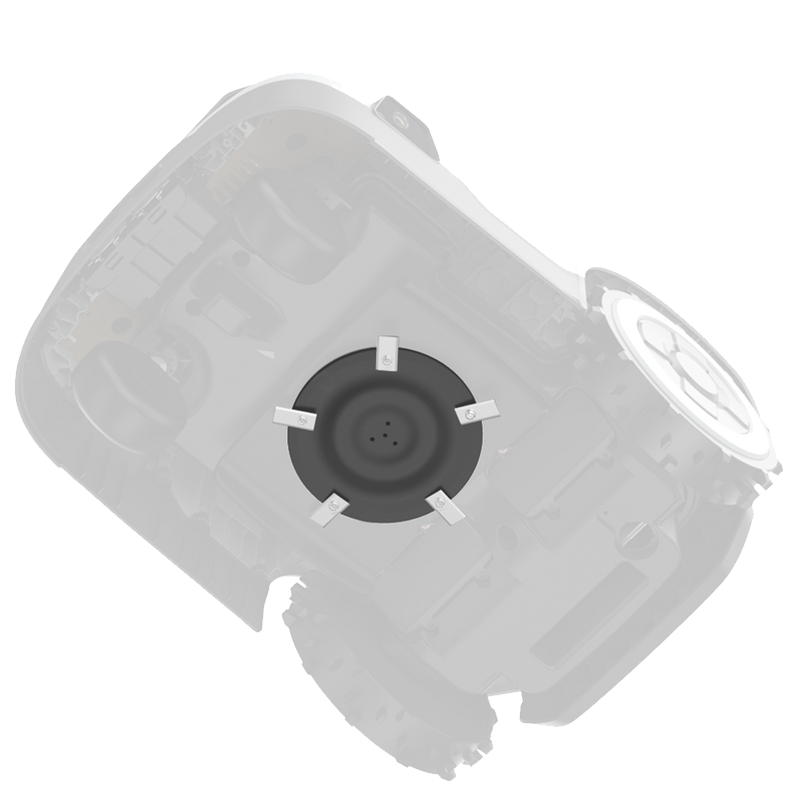
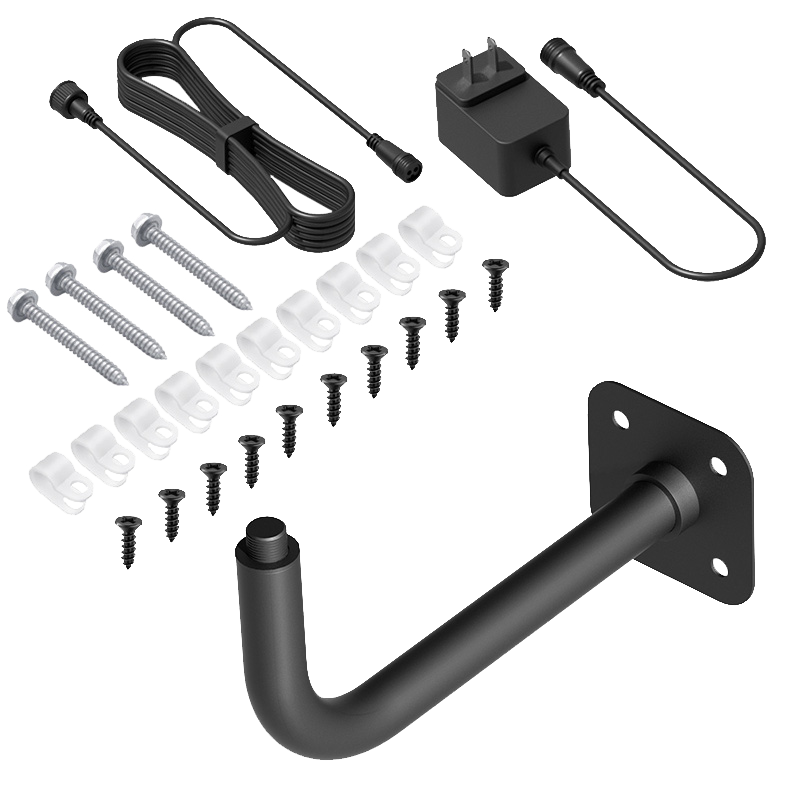

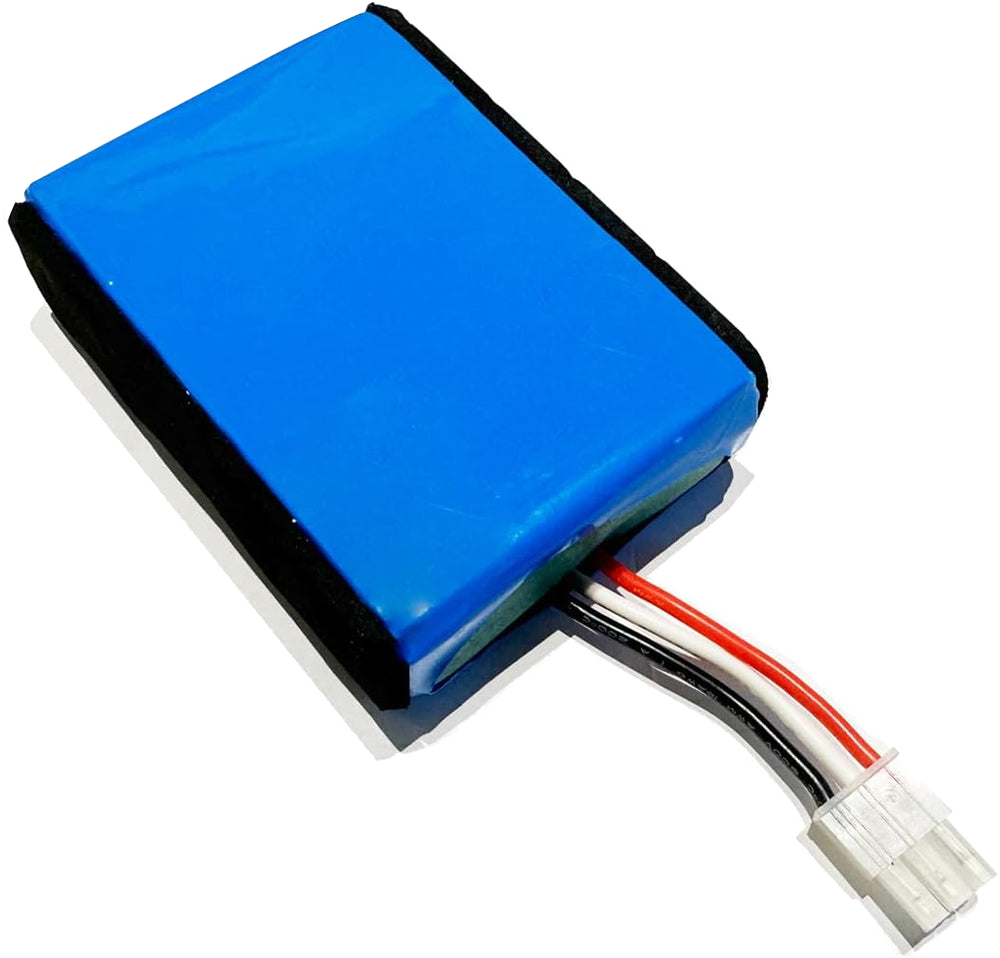
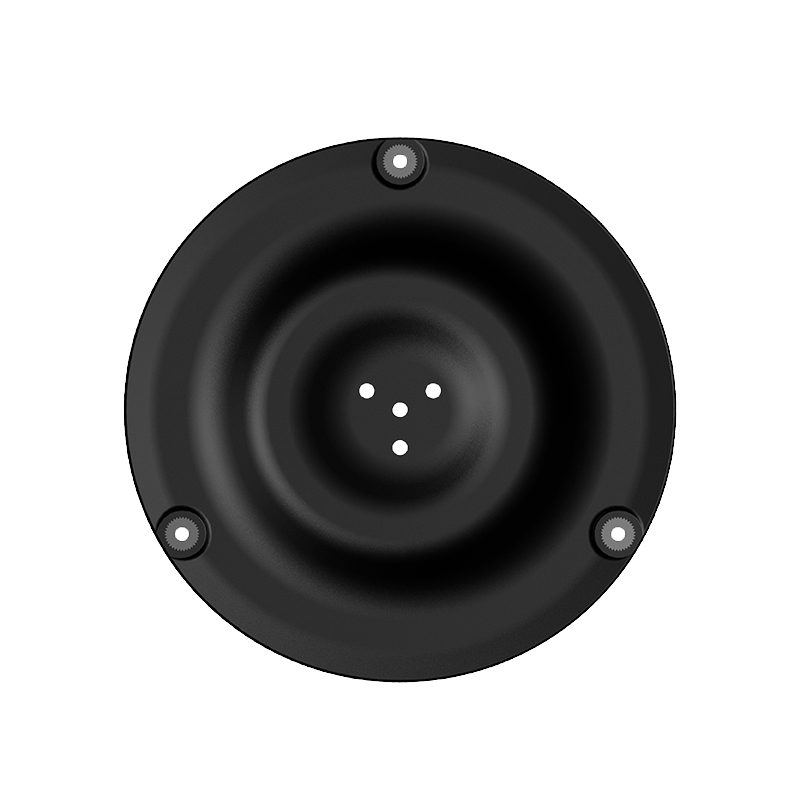
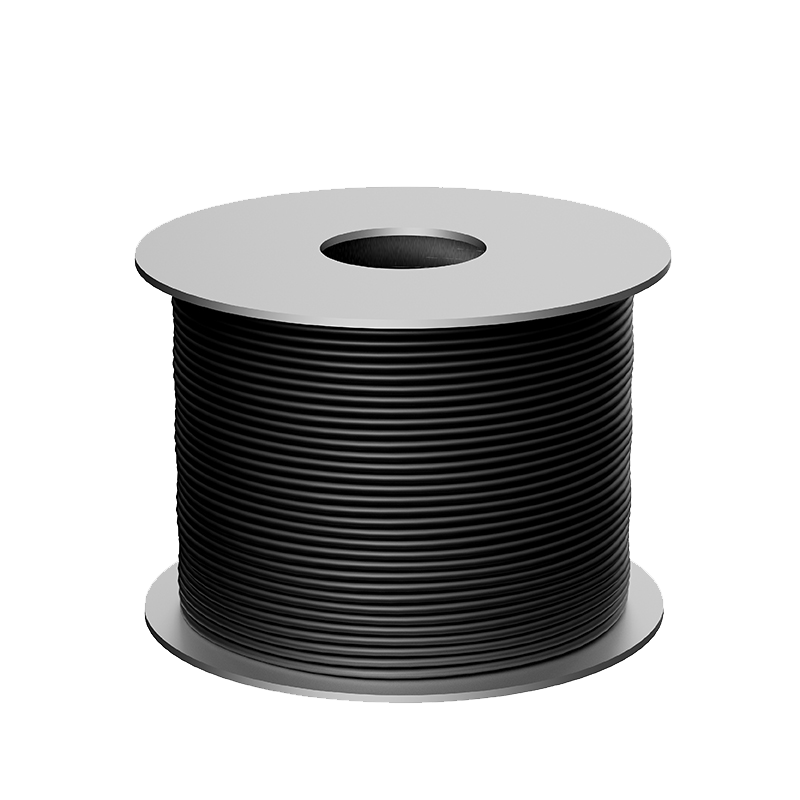

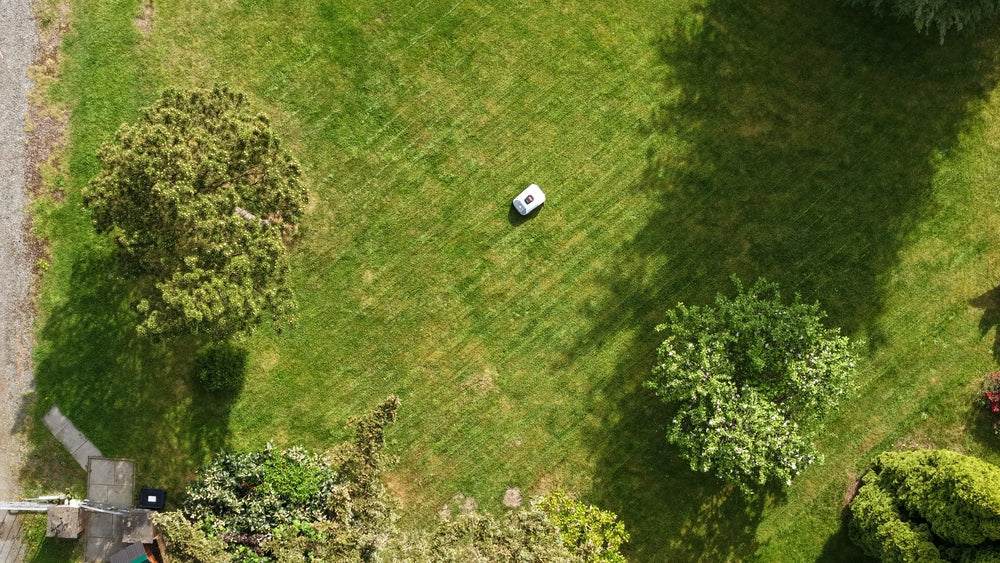


Leave a comment
This site is protected by hCaptcha and the hCaptcha Privacy Policy and Terms of Service apply.